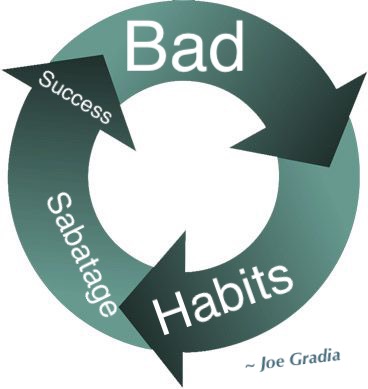 Identifying your habits—especially the unconscious ones—is the first step to making lasting personal change. Here’s a clear and practical process to help you become more aware of them:
Identifying your habits—especially the unconscious ones—is the first step to making lasting personal change. Here’s a clear and practical process to help you become more aware of them:
⸻
🔍 1. Observe Your Daily Routines
Write down everything you do in a typical day—from waking up to going to sleep. Look for patterns like:
• What you do first thing in the morning
• What you eat and when
• How you react to stress
• When and how much you use your phone
• How you unwind before bed
Tip: Don’t judge—just observe like a scientist.
⸻
🧠 2. Look for Triggers (Cues)
Habits often follow a cue → behavior → reward loop. Try to identify:
• What causes you to start a habit? (Time, emotion, place, person)
• Example: You scroll social media when you’re bored or alone.
⸻
🕒 3. Track Your Time
Use a journal or app (like “Toggl,” “Daylio,” or a simple notebook) to track how you spend your time hourly for 2–3 days.
Patterns emerge—you’ll likely find habits you didn’t realize you had.
⸻
📱 4. Notice Emotional Patterns
Many habits are emotional responses:
• Do you snack when you’re anxious?
• Do you avoid work when you’re overwhelmed?
Keep a log of emotions and what you do in response.
⸻
📋 5. Ask People Around You
Friends, family, or coworkers often notice your habits better than you do. Ask:
“What are some things I always do that I might not realize?”
⸻
✅ 6. Audit Repeated Behaviors
Ask yourself:
• What do I do every day without fail?
• What do I spend money on impulsively?
• What do I say often?
• What do I avoid regularly?
⸻
🧩 7. Look for the Reward
Every habit gives a reward—relief, pleasure, distraction. Ask:
“What am I getting out of this behavior?”
Once you know the reward, you can decide if it’s worth keeping or replacing the habit.
By Joe Gradia

